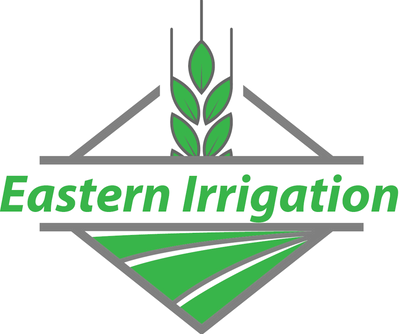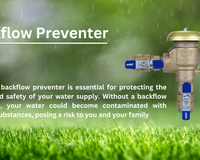Indexing valves are innovative solutions for managing multiple irrigation zones with a single valve. K-Rain indexing valves, available in the 4000 and 6000 series, offer superior control and efficiency for various applications, including pump systems, onsite wastewater disposal, and reclaimed water systems.
Key Features and Specifications
K-Rain 4000 Series Automatic Indexing Valve:
- ABS Polymer Construction – High-strength, non-corrosive body for long product life
- Available in 4 and 6 Outlet Models – Can quickly and easily change from two to six watering zones
- Simplicity of Design – Valves are easily maintained and serviced for long product life
- Operates at Low 10 GPM (38 LPM) at Pressures of 25-75 PSI (1,7-5,2 bar) – Reliably automates multiple zoned residential and small commercial irrigation or wastewater systems
- Replaces old Hydrotek models

K-Rain 6000 Series Indexing Valve:
- Metal Die-Cast Body – Durable, long lasting and capable of high-pressure applications
- Available in 4 and 6 Outlet Models – Can quickly and easily change from two to six watering zones
- Simplicity of Design – Valves are easily maintained and serviced for long product life
- Operates at minimum 15 GPM (57 LPM) at Pressures of 25–150 PSI (1,7-10,3 bar) – Ideal for pump-fed systems or high-flow city water systems
- Built-in Atmospheric Vacuum Breaker – Releases any vacuum created between the pump and the valve on shut down

Installation Guide for K-Rain Indexing Valves

Step 1: Preparation
- Identify the main water source (pump or city water).
- Ensure you have the necessary controller and control valve to turn the water on and off.
Step 2: Connect the Valve
- Install the indexing valve at a central location where it can feed all zones.
- Connect the main water line to the inlet of the indexing valve.
- Connect individual zone lines to the outlets of the valve.
Step 3: Setting Up the Controller
- Connect the controller to the control valve or pump.
- Program the controller to start and stop the water flow, allowing the indexing valve to cycle through zones.
Step 4: Testing and Adjustment
- Turn on the system and manually cycle through each zone to ensure proper operation.
- Adjust the number of operating zones as needed by following the valve’s instruction manual.
Step 5: Maintenance
- Periodically check for debris and ensure the valve moves freely.
- Clean and maintain the valve to ensure longevity and optimal performance.

Conclusion
K-Rain indexing valves, with their innovative design and reliable performance, are ideal for efficiently managing multiple irrigation zones. The 4000 and 6000 series offer versatility, durability, and ease of use, making them perfect for both residential and commercial applications. By following the installation guide, you can ensure a smooth setup and long-lasting operation of your K-Rain indexing valve.
Shop K-Rain Valves
Frequently Asked Questions about K-Rain Indexing Valves
Q: How do K-Rain indexing valves work? A: K-Rain indexing valves use water pressure to sequentially switch between multiple zones, directing water flow to different areas of your landscape. They are ideal for systems with multiple irrigation zones and can be easily integrated with standard irrigation controllers.
Q: What maintenance is required for K-Rain indexing valves? A: Regular maintenance includes checking for debris in the valve, ensuring proper operation, and inspecting seals and internal components for wear. Eastern Irrigation provides maintenance tips and support to keep your indexing valves functioning smoothly.
Q: How can I troubleshoot issues with my K-Rain indexing valve? A: Common issues such as improper switching or leaks can often be resolved by cleaning the valve, checking water pressure, and ensuring proper installation. For detailed troubleshooting assistance, Eastern Irrigation offers resources and technical support to help you address any problems.





